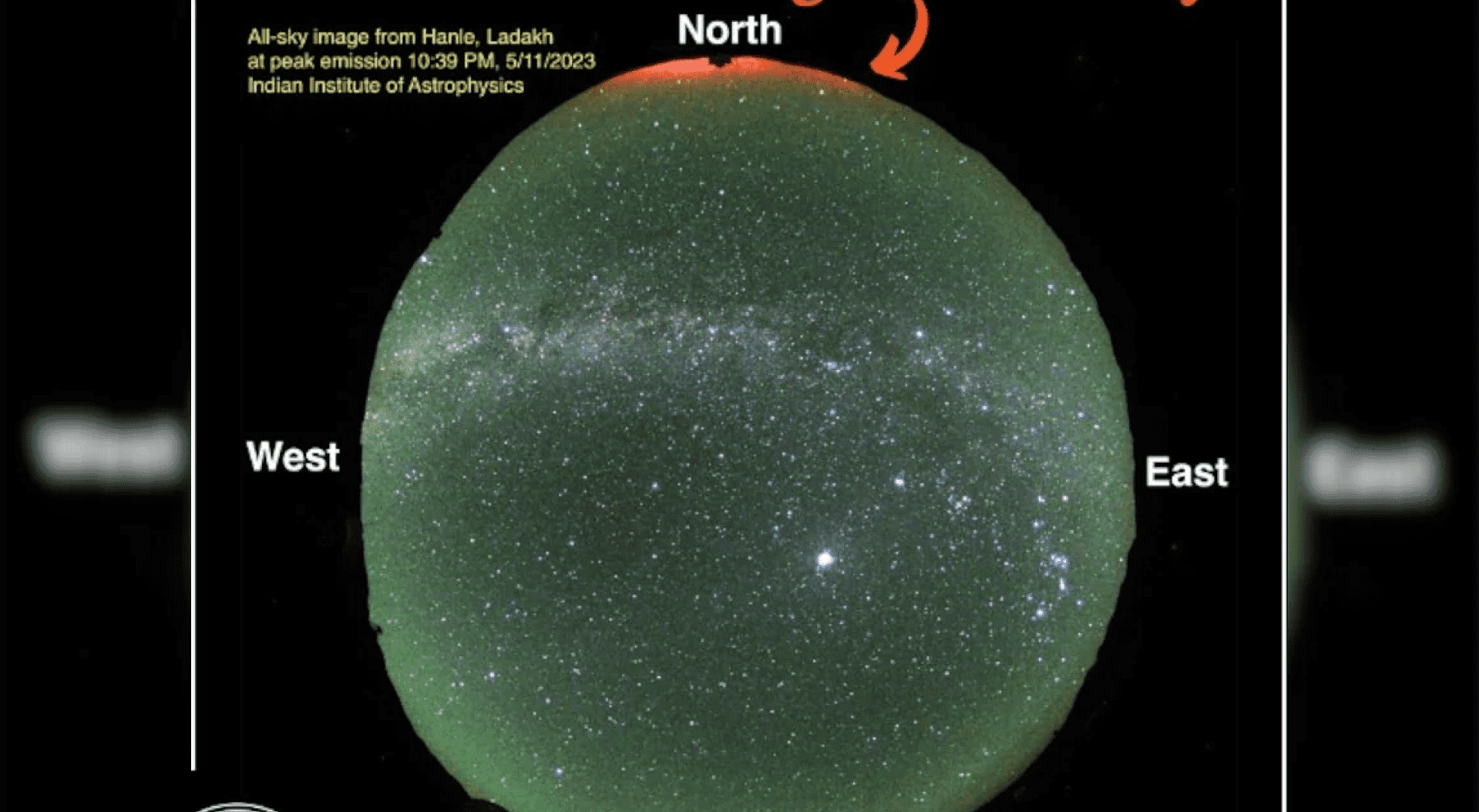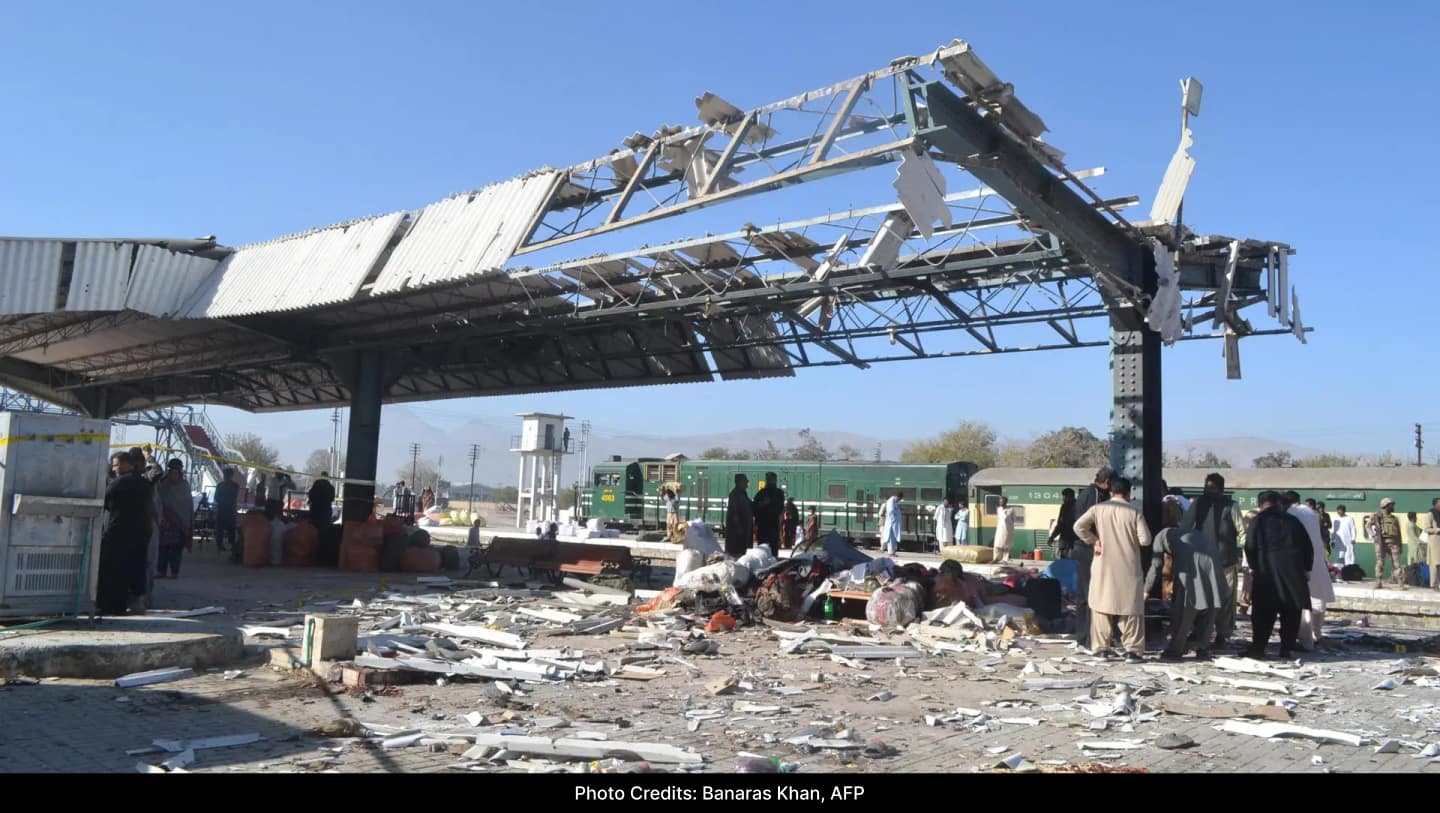In a celestial spectacle that rarely graces the Indian subcontinent, the Hanle and Merak observatories in Ladakh recently documented a fascinating event – a brilliant red aurora lighting up the night sky. Renowned for their prowess in photographing space, these observatories have revealed a light display that occurs when solar particles engage in a captivating dance with Earth’s magnetic field, a phenomenon traditionally witnessed closer to the poles.
Rare Red Aurora in Ladakh
Hanle Observatory, nestled in India’s only dark sky reserve, successfully captured the crimson lights adorning the northern horizon. Unfortunately, the towering mountains surrounding Merak Observatory along Pangong Tso obscured her view, so he longed for a glimpse of the celestial dance. Dorje Angchuk, an engineer in charge of the Hanle Observatory, reported that the red aurora adorned the night from 10:00 p.m. to midnight on November 5, reaching its mesmerizing crescendo at 10:40 p.m.
A rare phenomenon in Ladakh
This is the second occurrence in 2023 that the Hanle Observatory has documented such a breathtaking aurora borealis, with the previous spectacle taking place on April 23. Solar astronomer Vemareddy of the Indian Institute of Astrophysics, which runs the observatory, explained that while auroras are typically reserved for polar regions, intense solar flares can occasionally grace milder places like India.
The rise of the solar cycle
As the Sun is currently in the ascending phase of an 11-year cycle, expectations for an increased frequency of aurora events over the next two years are rising with a peak expected in 2025. As solar activity intensifies, Earth becomes more susceptible to the breathtaking display of colors that the aurora borealis brings a glow that transcends geographic boundaries.
Hanle’s Stature as India’s Dark Sky Reserve
As enthusiasts eagerly await more celestial ballets in the night sky, Hanle’s status as India’s only dark sky reserve continues to prove its worth. This designation provides an optimal haven for stargazers and photographers who desire to witness the magic of the cosmos unspoiled by light pollution. Ladakh’s unique topography and altitude contribute to the clarity of the night sky and offer a unique canvas for celestial wonders.
Gate for stargazers
Located at high altitudes, the Hanle and Merak observatories are not only equipped with state-of-the-art technology for astronomical observations, but also serve as gateways for amateur astronomers and astrophotographers. The rare occurrence of the red aurora adds another layer of appeal to these observatories, positioning them as the best places to experience the cosmic wonders that take place above.




